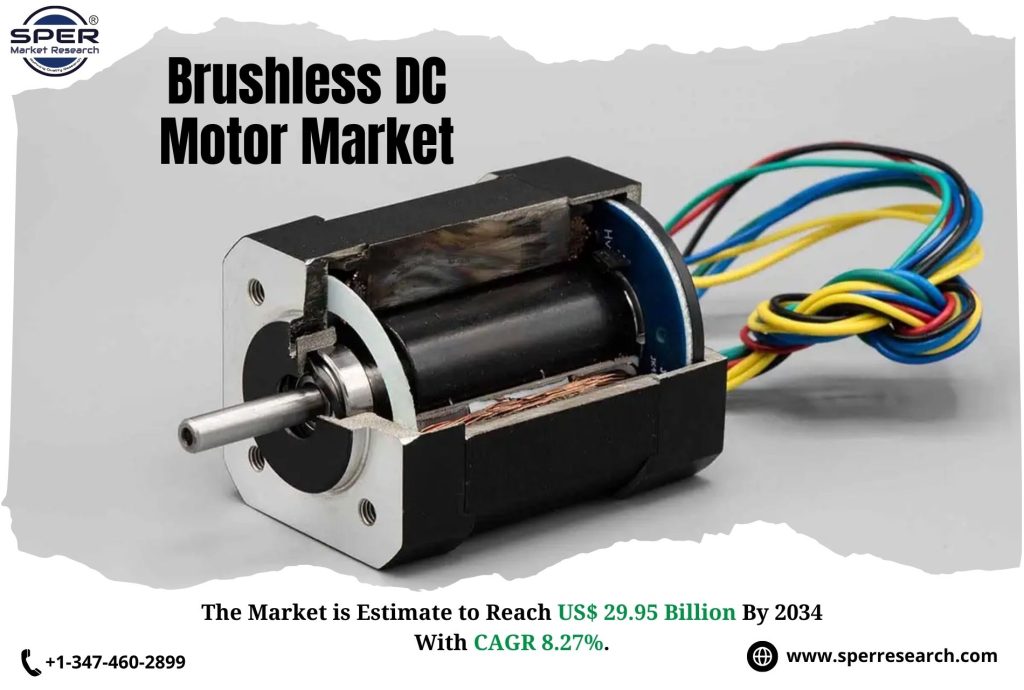Outdoor power equipment runs on smaller engines or small motors. Outdoor power equipment is equipment that is specifically used for outdoor services. Outdoor power equipment typically includes brush cutters, edgers, chainsaws, power rakes, and other items. Outdoor power equipment has many applications in both residential and commercial settings. Outdoor power equipment is used commercially by lawn and plant care providers as well as landscaping service organisations.
According to SPER market research, ‘Global Outdoor Power Equipment Market Size- By Power Source, By End-User, By Type – Regional Outlook, Competitive Strategies and Segment Forecast to 2034’ state that the Global Outdoor Power Equipment Market is predicted to reach 101.39 billion by 2034 with a CAGR of 6.56%.
Drivers:
The market for outdoor power equipment is heavily impacted by the growing popularity of gardening, the need for landscaping services, and the use of battery-operated lawn care equipment. The rapid growth in the construction sector, along with the increasing popularity of rental services and connected equipment, also creates opportunities in this industry. The market is driven by residential and commercial customers wanting landscaping services to improve their properties. Various tools like lawn mowers, hedge trimmers, blowers, and saws are used for maintenance and landscaping tasks.
Request a Free Sample Report: https://www.sperresearch.com/report-store/outdoor-power-equipment-market?sample=1
Restraints:
The industry’s dependence on weather significantly hinders outdoor power equipment. Fluctuations in demand for outdoor power equipment are mostly induced by weather variations such as extreme heat, heavy rainfall, or snowfall, which have a significant impact on outside activities. Bad weather can cause delays in landscaping, gardening, and building projects, resulting in a lower demand for commodities such as trimmers, lawn mowers, and compactors. This could lead to lower revenue production because there may be less working time due to bad weather, which impacts largely outdoor employment and thus the company running industry of outdoor power equipment. In 2024, North America’s outdoor power equipment business held the greatest market share. The regional market’s expansion is attributable to North America’s bigger geographical size relative to population, which results in more gardens and lawns in the region. This has resulted in increasing demand for outdoor power equipment in the region. Furthermore, growing government investment in infrastructure is likely to propel the region’s economy. Some of the key market players are Husqvarna Group, Makita Corporation, Honda Motor Co, Ltd, MTD Inc, Stanley Black & Decker, Inc, and others.
For More Information, refer to below link: –
Outdoor Power Equipment Market Share
Related Reports:
Follow Us –
LinkedIn | Instagram | Facebook | Twitter
Contact Us:
Sara Lopes, Business Consultant — USA
SPER Market Research
enquiries@sperresearch.com
+1–347–460–2899









